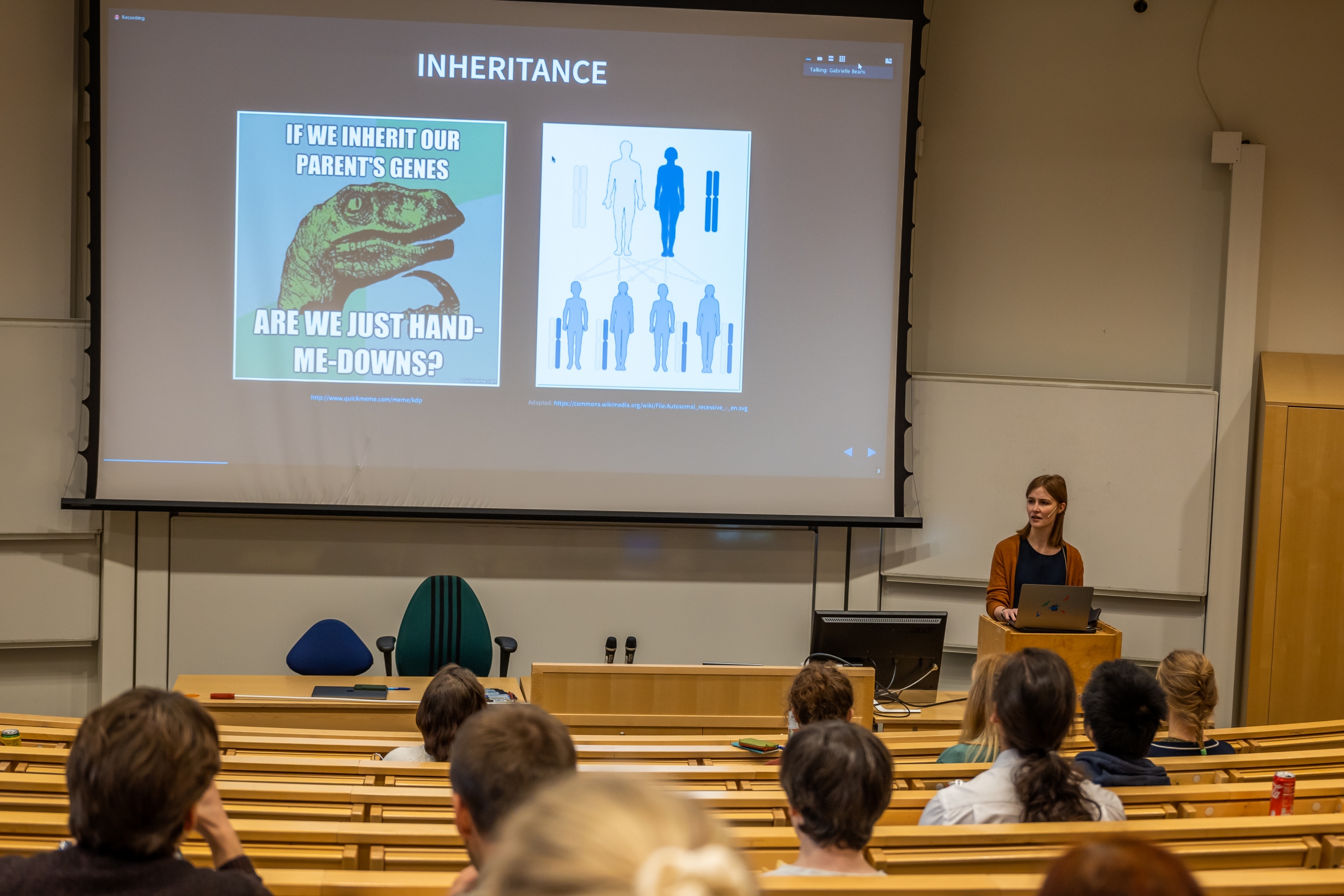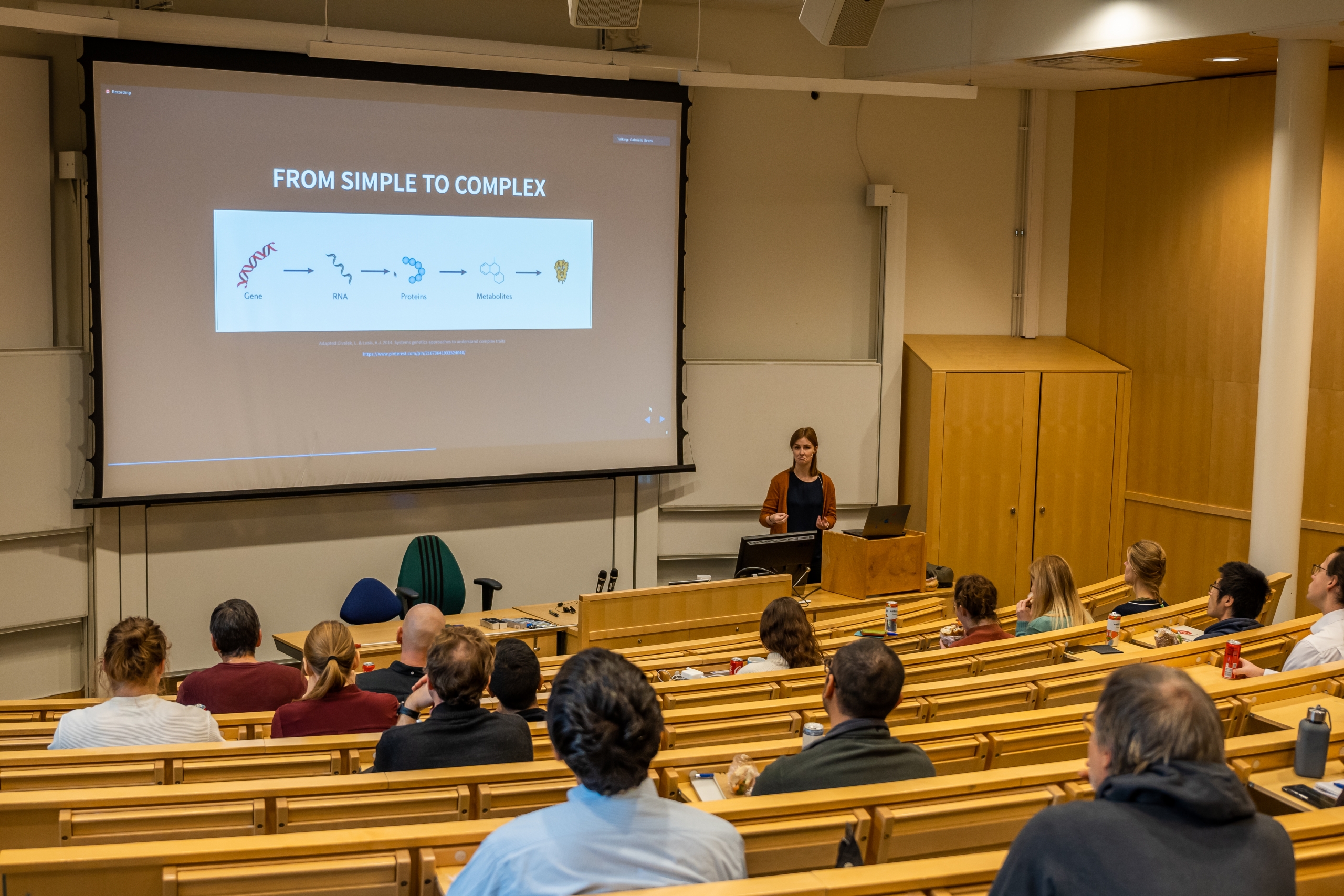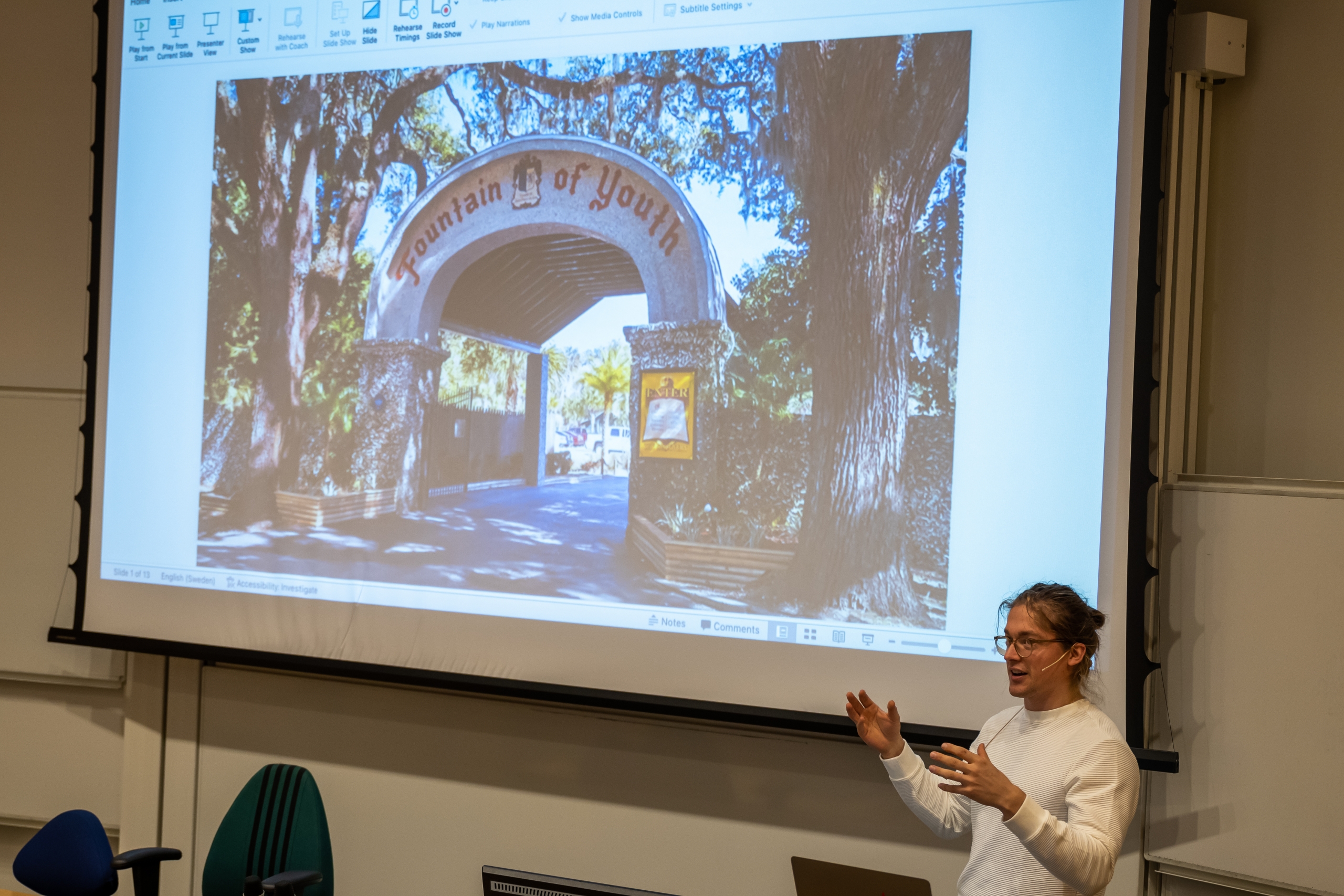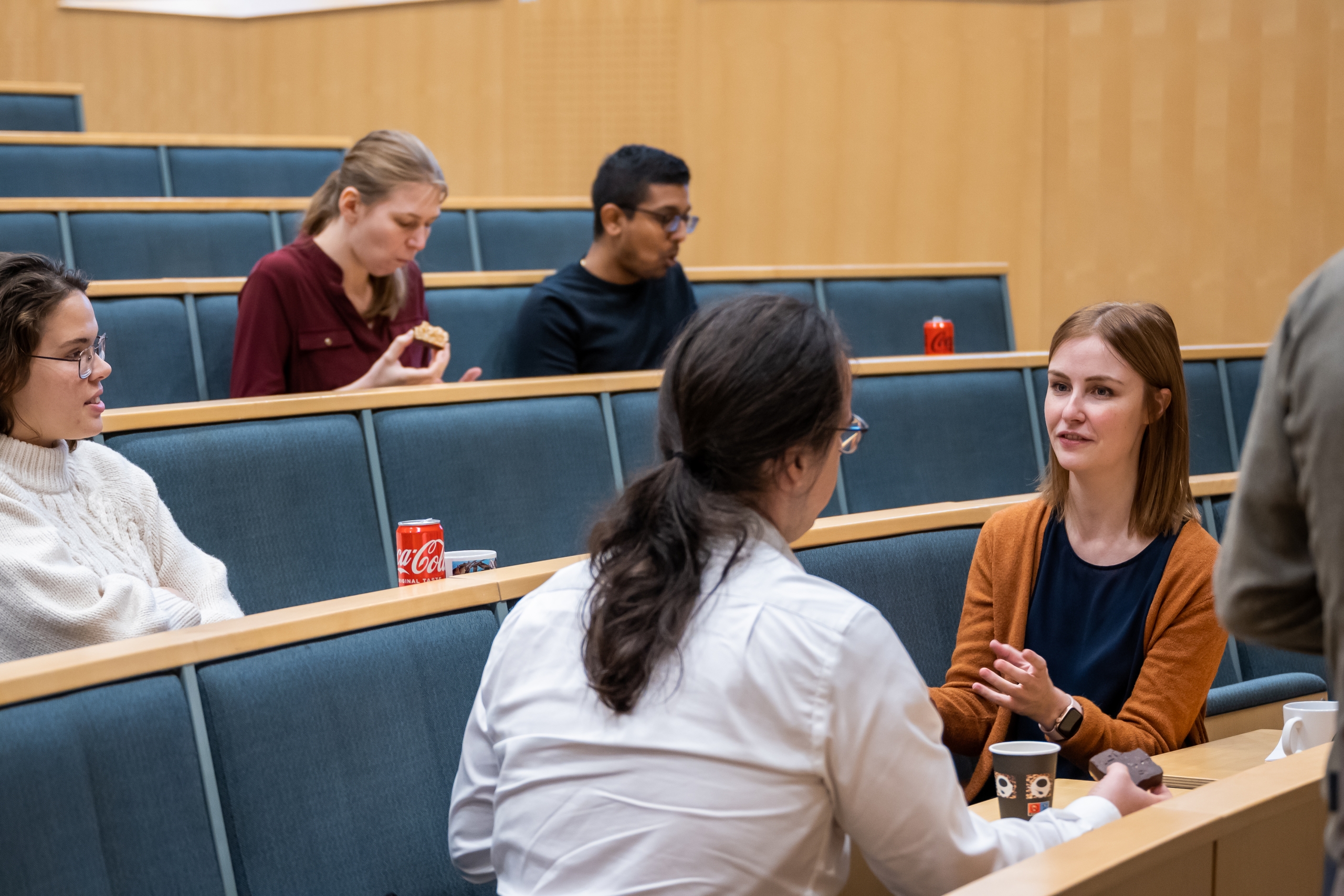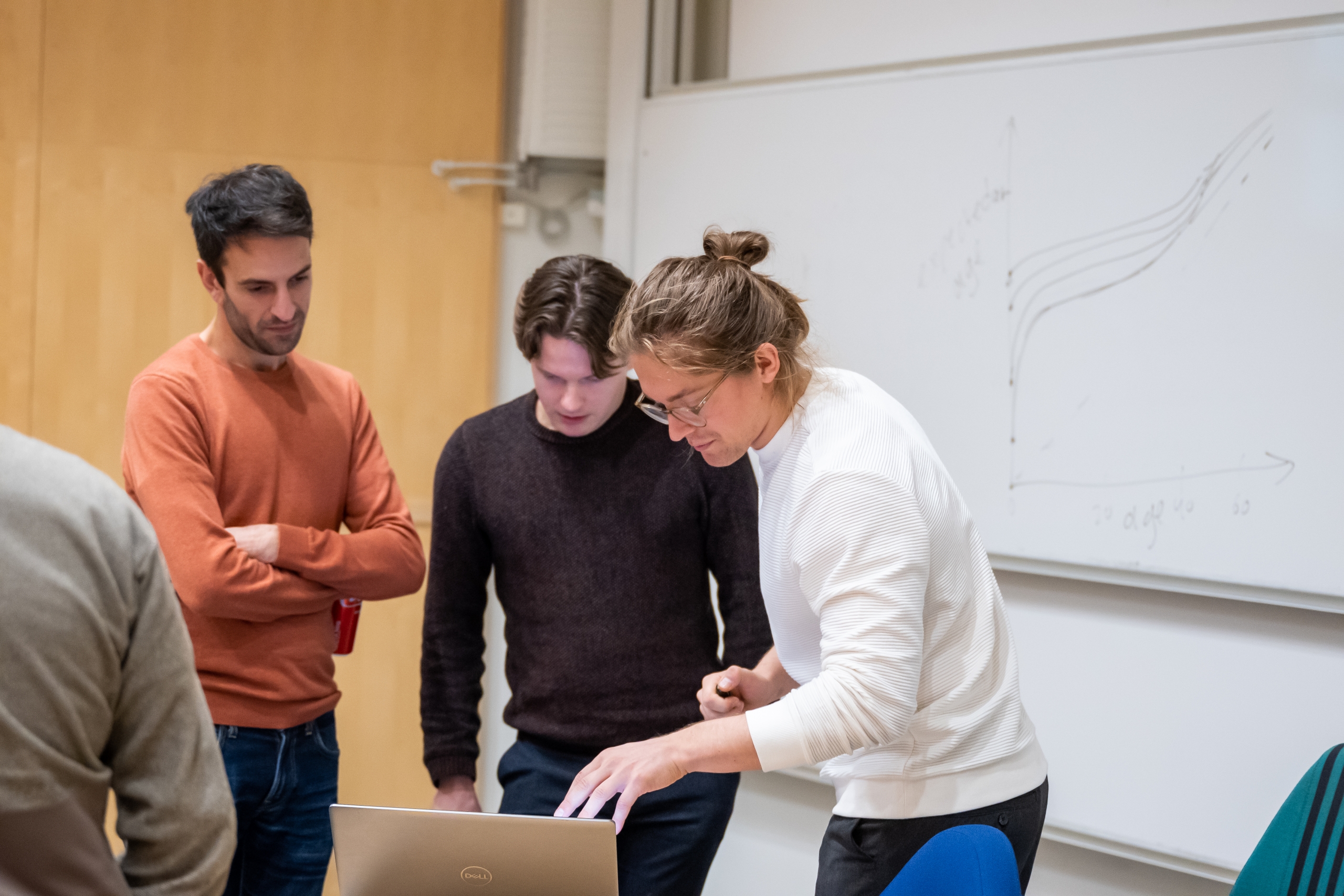Pitch 1: Sara Westman: Unravel the genetics of complex traits
Some things in life are simple, while most are not. The same holds true for the genetics of how different characteristics of a species are controlled. In humans, lactose intolerance is controlled by a single gene (you are either tolerant and can enjoy milk or not). In cows, however, milk quality and yield are highly complex traits controlled by a large number of genes. Unfortunately, most traits of biological interest are complex, being controlled by many tens, hundreds or more genes. For these complex traits identifying those genes and understanding how their various combinations contribute to determining a complex trait, such as milk yield, remains an unsolved challenge in biology. A genome contains thousands of genes that are processed into proteins, such as enzymes, that perform functions, producing products such as hormones and antioxidants or directly forming tissues such as muscle. We now have tools to measure these different layers of information (genome, gene, transcript, protein, metabolite, trait) and we know that information flows from one layer to the next.
Needs help with: While biologists have put much effort into studying the details of each layer, we are not yet good at discovering how information flows between the layers – and this is the challenge that we are facing in our current research project. Sara is studying different aspen trees that produce many defense chemicals to protect against insects and mammals (for example, they taste bitter to moose and beavers). These chemicals are produced by enzymes and genes in the genome contain the instructions for producing those enzymes. They have identified and measured the activity of all genes and all of the defense chemicals but cannot yet connect the two together. This is the challenge Sara is aiming to solve and where she needs help, input, ideas and inspiration. The answer is in the data but remains frustrating inaccessible. So, if you want to know how to make a super tall human, a cow with tasty milk or trees that taste bad to moose help Sara to solve this mystery!
Pitch 2: Hugo Harlin: The quest for eternal life: Increasing life expectancy is not the full story
Doctoral Student at the Department of Ecology and Environmental Sciences, Umeå University
For the last hundred odd years, average life expectancy has steadily been increasing globally. This fact is frequently used in popular science books and on the internet to argue the case that humanity is slated to live much longer in the future, some are even so bold as to claim that we will live forever someday. Is this really the case? Something about the whole argument seemed flawed to Hugo intuitively and he started digging. What exactly is the metric we call life expectancy, and is its increase equivalent with “humanity living longer”? Is there a more nuanced metric that accurately captures what we are really after when we ask “are we getting older”? And what do we find if we take a closer look at historic data? These are some of the questions Hugo explores in his lunch pitch.

